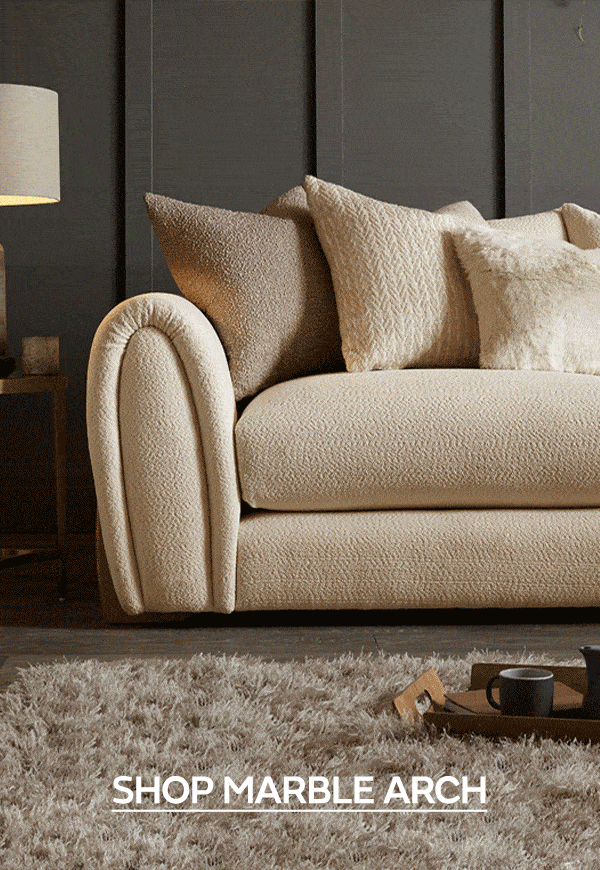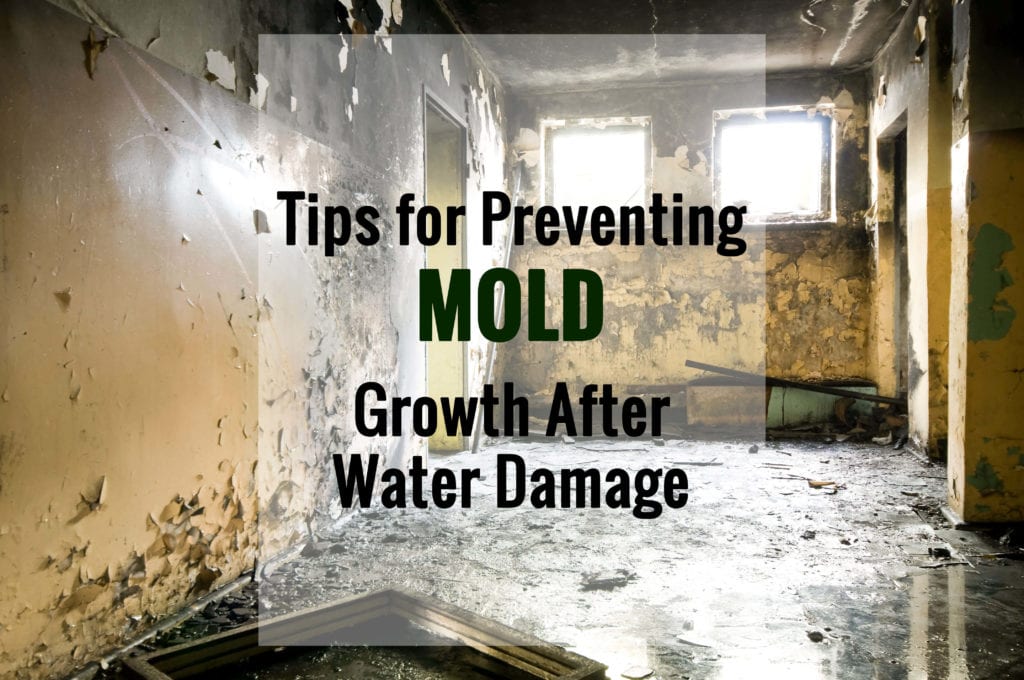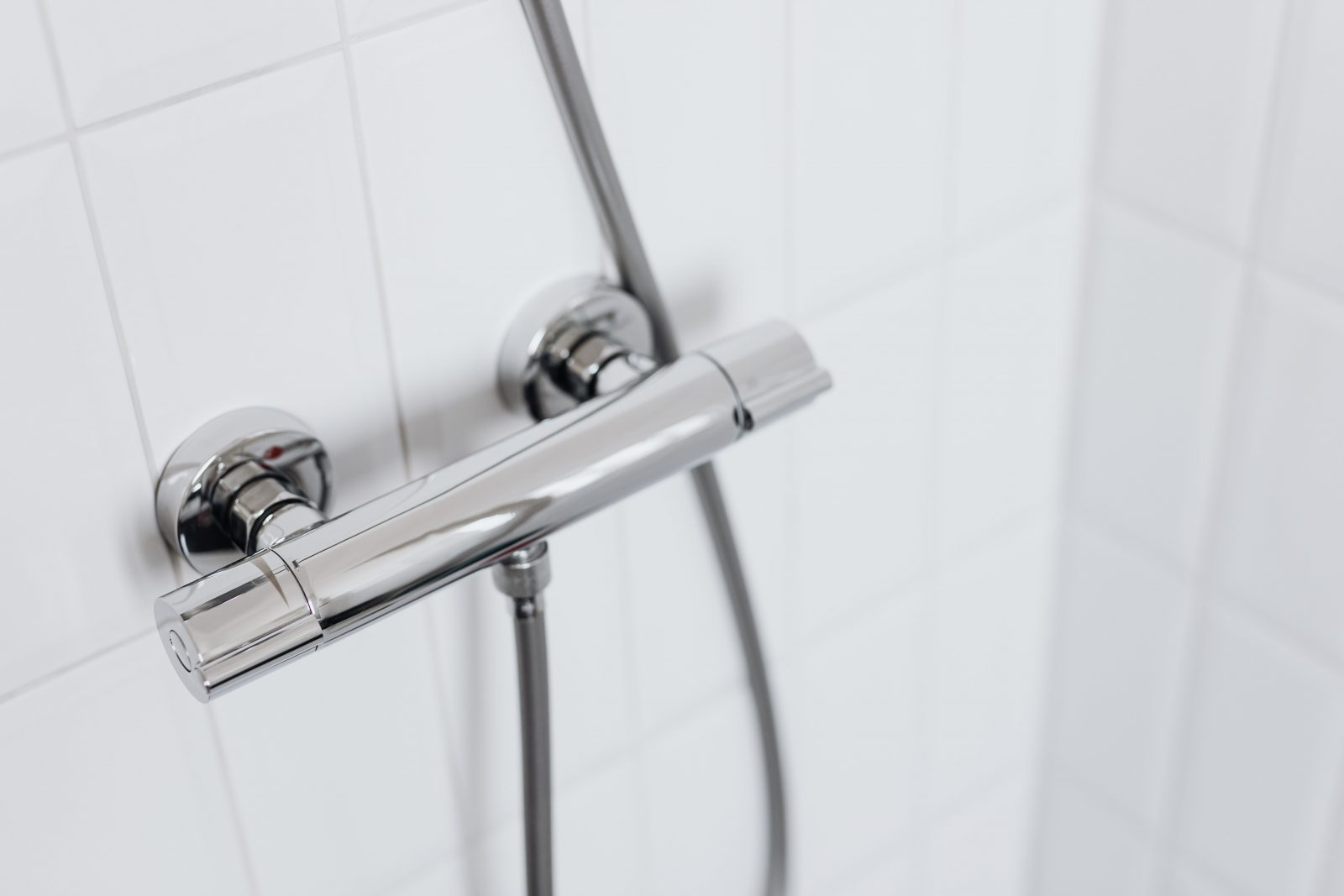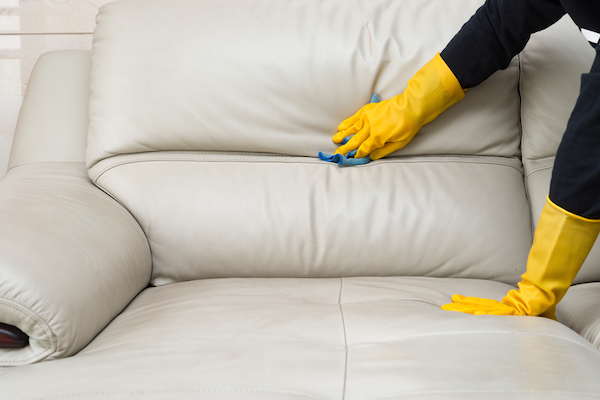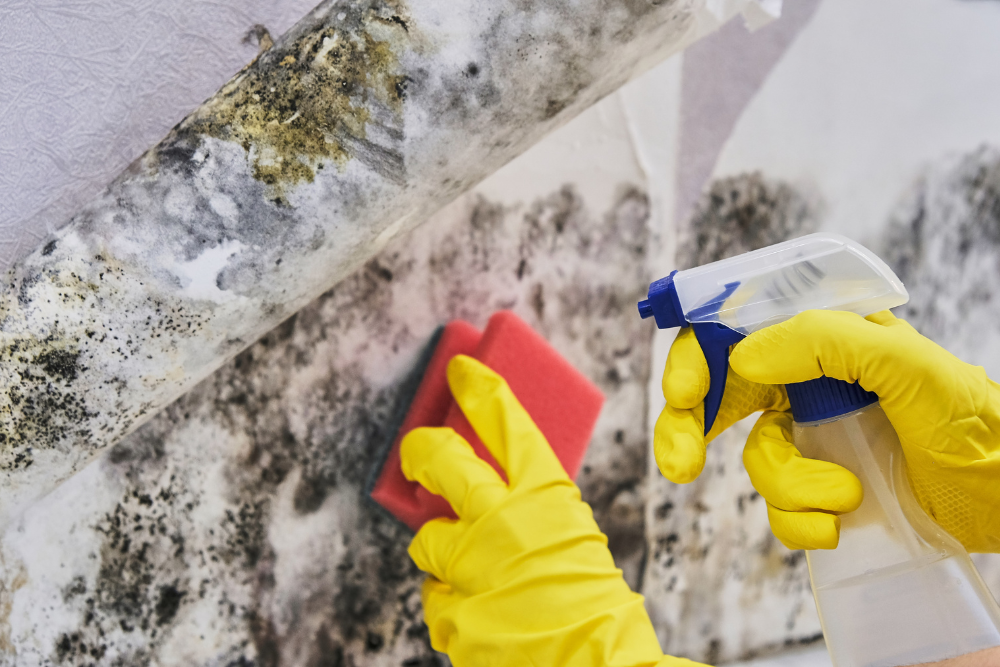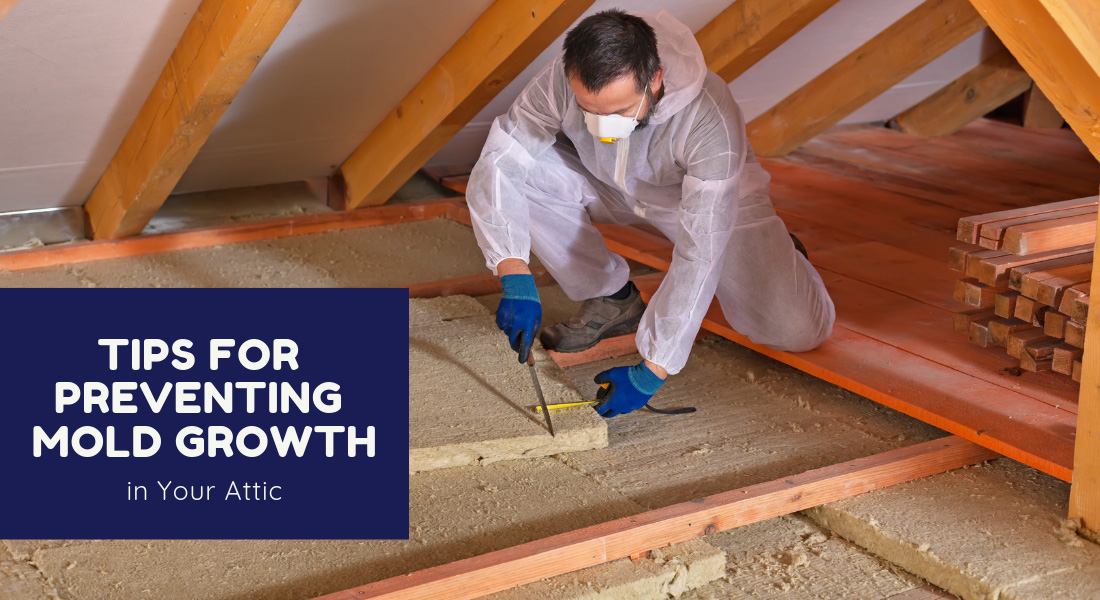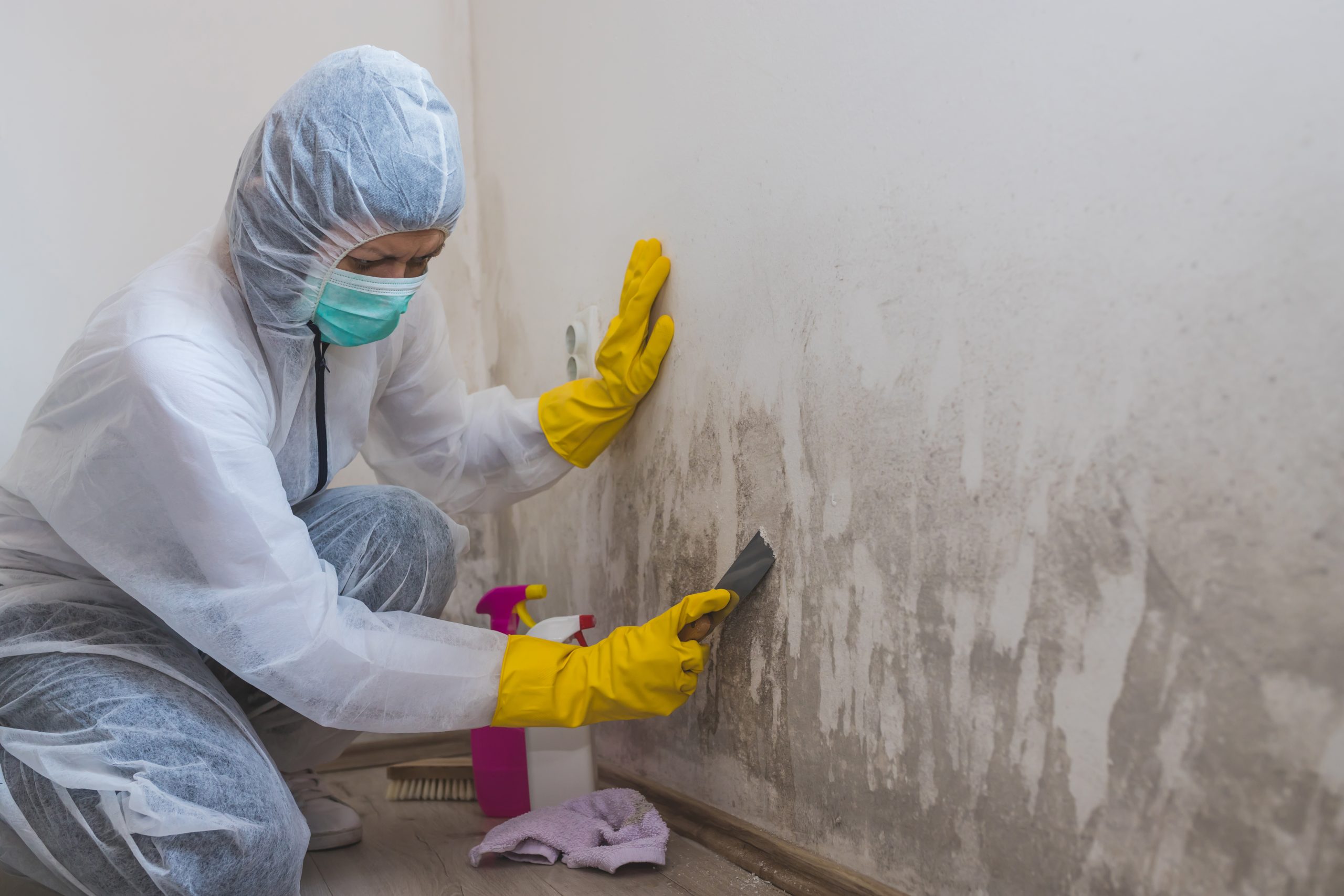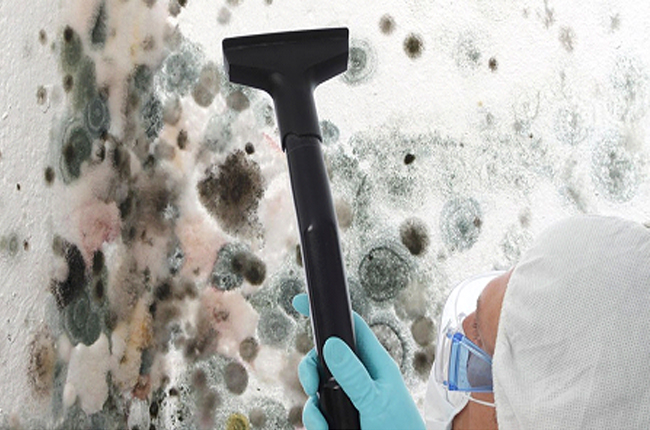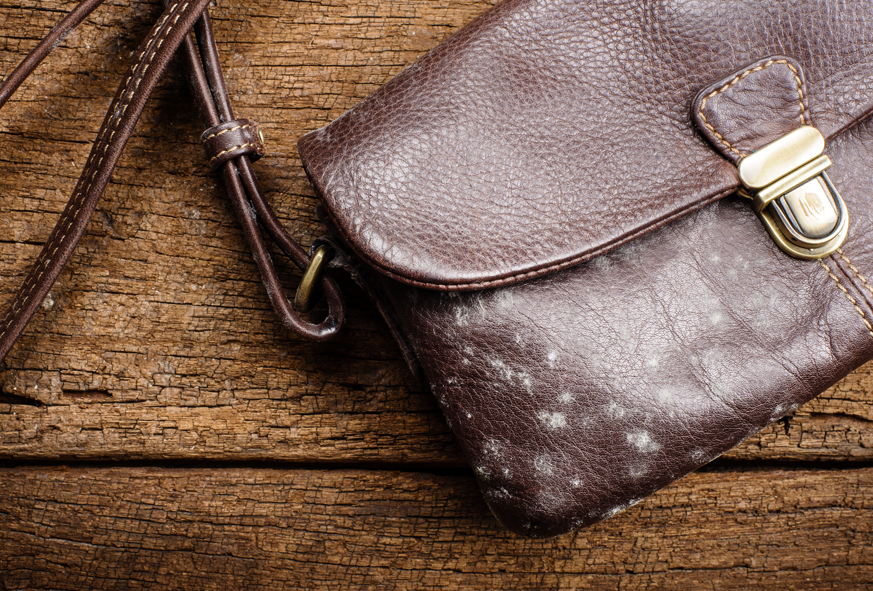One of the biggest challenges of owning a leather sofa is dealing with mold growth. Not only can mold ruin the appearance of your expensive furniture, but it can also pose health risks to you and your family. Luckily, there are effective ways to clean mold from a leather sofa and prevent it from coming back. Here's what you need to know.How to Clean Mold from a Leather Sofa
Mold can thrive in warm, damp environments, making leather sofas an ideal breeding ground. To remove mold from your leather furniture, start by vacuuming the affected area with a brush attachment to remove any loose spores. Then, mix equal parts water and white vinegar in a spray bottle and spritz the moldy area. Let it sit for a few minutes before wiping it with a clean cloth. The acidity of the vinegar will help kill and prevent mold growth.Removing Mold from Leather Furniture
If you prefer a more natural approach, you can also use lemon juice or tea tree oil as a cleaner. Both have anti-fungal properties that can effectively kill mold. Simply mix a few drops of either ingredient with water and spray it on the affected area. Let it sit for 10-15 minutes before wiping it off with a damp cloth.DIY Mold Removal for Leather Sofas
If the mold growth is extensive, you may need to use a commercial mold cleaner specifically designed for leather. Look for products that contain enzymes or citric acid as they are effective in breaking down mold and preventing it from coming back. Follow the instructions on the product carefully and test it on a small, inconspicuous area before applying it to the entire sofa.Best Products for Cleaning Mold on Leather
To ensure that all the mold is removed, you may need to use a combination of techniques. After using a cleaner, you can also try baking soda or activated charcoal to absorb any remaining moisture and odors. Sprinkle a generous amount of either ingredient on the affected area and let it sit for a few hours before vacuuming it off.Effective Ways to Get Rid of Mold on Leather Couches
If your leather sofa has visible mold stains, you can use a leather cleaner or conditioner to help restore its appearance. Apply the product to a clean cloth and gently rub it on the stain. Let it sit for a few minutes before wiping it off with a damp cloth. Repeat this process until the stain is gone, and then condition the leather to prevent it from drying out.Removing Mold Stains from Leather Sofas
In addition to the methods mentioned above, there are other natural remedies that can help prevent and remove mold from leather furniture. Placing lavender or cedar sachets near your sofa can help absorb moisture and keep mold at bay. You can also use a dehumidifier in the room to reduce humidity levels and prevent mold growth.Natural Remedies for Cleaning Mold on Leather Furniture
Prevention is key to keeping your leather sofa mold-free. Regularly clean and condition your leather furniture to prevent it from drying out and becoming a breeding ground for mold. Also, make sure to keep your sofa away from direct sunlight as it can cause the leather to crack and become more susceptible to mold growth.Preventing Mold Growth on Leather Sofas
If you have a severe mold problem on your leather sofa, it's best to seek professional help. A certified mold remediation company will have the necessary tools and expertise to safely remove the mold and restore your furniture. They can also provide tips on how to prevent mold from coming back.Professional Mold Removal for Leather Couches
Regular cleaning and maintenance are crucial to keeping your leather sofa mold-free. Wipe it down with a clean, damp cloth at least once a week, and make sure to dry it completely afterwards. You can also use a leather conditioner every few months to keep the leather supple and less prone to mold growth. In conclusion, cleaning mold from a leather sofa may seem like a daunting task, but with the right techniques and products, it can be done effectively. Remember to act quickly at the first sign of mold and take preventative measures to keep your furniture looking and smelling fresh. With these tips, you can enjoy your beautiful leather sofa without worrying about mold growth. How to Clean and Protect Leather Sofas from Mold
Cleaning Mold from Leather Sofa
:max_bytes(150000):strip_icc()/clean-mold-from-leather-3420052-05-4444df0f59484c069e78a2a887f2f2e6.jpg)
Why is it important to clean mold from your leather sofa?
 Leather sofas are a luxurious addition to any home, but they also require proper maintenance and care to keep them looking their best. One of the biggest challenges for leather sofa owners is dealing with mold growth. Mold is not only unsightly, but it can also cause health problems and damage to your furniture. As such, it is important to regularly clean and maintain your leather sofa to prevent mold growth and preserve its lifespan.
Leather sofas are a luxurious addition to any home, but they also require proper maintenance and care to keep them looking their best. One of the biggest challenges for leather sofa owners is dealing with mold growth. Mold is not only unsightly, but it can also cause health problems and damage to your furniture. As such, it is important to regularly clean and maintain your leather sofa to prevent mold growth and preserve its lifespan.
Identifying and preventing mold growth on leather sofas
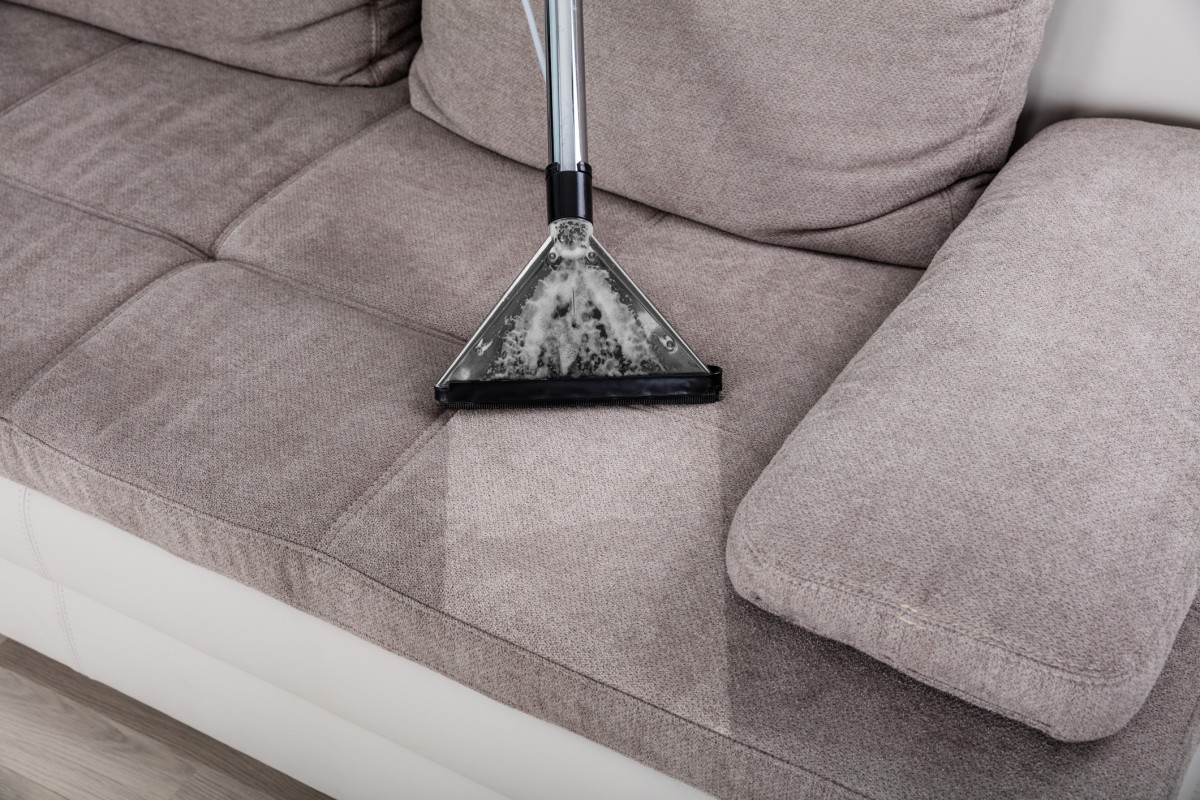 Mold thrives in warm and moist environments, making leather sofas a prime target. If your sofa is located in a damp or humid area, it is more susceptible to mold growth. Regularly inspect your sofa for any signs of mold, such as dark spots or a musty odor. If you notice any, it is important to act quickly to prevent it from spreading.
To prevent mold growth on your leather sofa, make sure to keep it in a well-ventilated area and avoid placing it near sources of moisture. If you live in a humid climate, consider using a dehumidifier to keep the air dry. Additionally, wiping down your sofa regularly with a damp cloth and allowing it to air dry can help prevent mold growth.
Mold thrives in warm and moist environments, making leather sofas a prime target. If your sofa is located in a damp or humid area, it is more susceptible to mold growth. Regularly inspect your sofa for any signs of mold, such as dark spots or a musty odor. If you notice any, it is important to act quickly to prevent it from spreading.
To prevent mold growth on your leather sofa, make sure to keep it in a well-ventilated area and avoid placing it near sources of moisture. If you live in a humid climate, consider using a dehumidifier to keep the air dry. Additionally, wiping down your sofa regularly with a damp cloth and allowing it to air dry can help prevent mold growth.
Steps to clean mold from your leather sofa
 If you do discover mold on your leather sofa, it is important to take immediate action to remove it. The first step is to vacuum the affected area to remove any loose spores. Then, mix a solution of equal parts water and white vinegar and use a clean cloth to gently scrub the moldy area. Be sure to use gentle circular motions to avoid damaging the leather.
For tougher mold stains, you can use a mixture of water and rubbing alcohol. Apply the solution to the affected area and let it sit for a few minutes before wiping it off with a clean cloth. If the mold persists, you may need to use a specialized leather cleaner or seek professional help.
If you do discover mold on your leather sofa, it is important to take immediate action to remove it. The first step is to vacuum the affected area to remove any loose spores. Then, mix a solution of equal parts water and white vinegar and use a clean cloth to gently scrub the moldy area. Be sure to use gentle circular motions to avoid damaging the leather.
For tougher mold stains, you can use a mixture of water and rubbing alcohol. Apply the solution to the affected area and let it sit for a few minutes before wiping it off with a clean cloth. If the mold persists, you may need to use a specialized leather cleaner or seek professional help.
Tips for maintaining a mold-free leather sofa
 To keep your leather sofa looking its best and prevent mold growth, there are a few simple steps you can take. First, avoid placing wet or damp items on the sofa, as this can create the perfect environment for mold to thrive. If your sofa does get wet, be sure to dry it off thoroughly.
Regularly dust and vacuum your sofa to prevent any build-up of dirt and debris, which can also contribute to mold growth. Additionally, consider using a leather conditioner to keep the leather hydrated and prevent it from cracking, which can create small crevices where mold can grow.
To keep your leather sofa looking its best and prevent mold growth, there are a few simple steps you can take. First, avoid placing wet or damp items on the sofa, as this can create the perfect environment for mold to thrive. If your sofa does get wet, be sure to dry it off thoroughly.
Regularly dust and vacuum your sofa to prevent any build-up of dirt and debris, which can also contribute to mold growth. Additionally, consider using a leather conditioner to keep the leather hydrated and prevent it from cracking, which can create small crevices where mold can grow.
In conclusion
 Cleaning mold from your leather sofa is an essential part of maintaining its beauty and longevity. By regularly inspecting and cleaning your sofa, as well as taking preventative measures, you can keep mold at bay and enjoy your luxurious leather sofa for years to come. Remember to always use gentle cleaning methods and seek professional help if needed to ensure your sofa stays in pristine condition.
Cleaning mold from your leather sofa is an essential part of maintaining its beauty and longevity. By regularly inspecting and cleaning your sofa, as well as taking preventative measures, you can keep mold at bay and enjoy your luxurious leather sofa for years to come. Remember to always use gentle cleaning methods and seek professional help if needed to ensure your sofa stays in pristine condition.
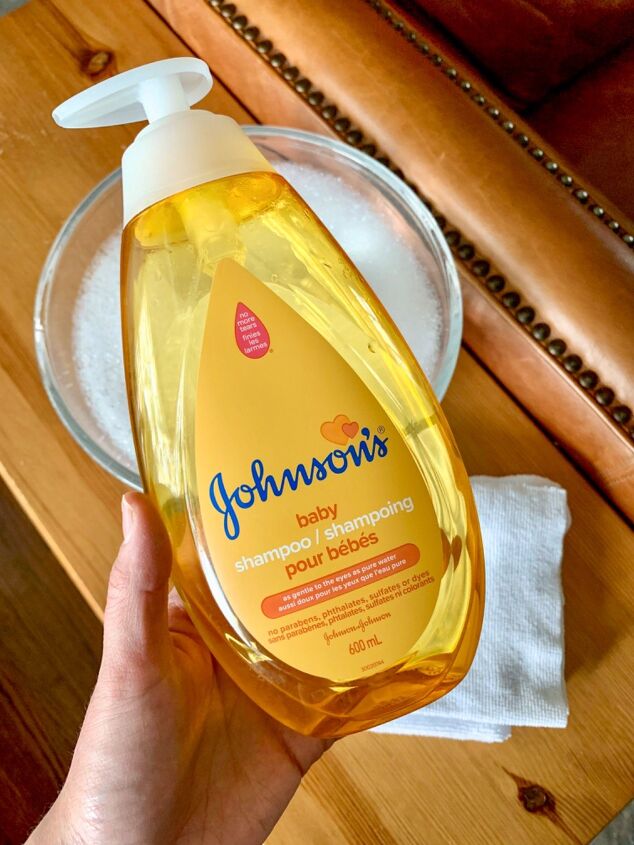



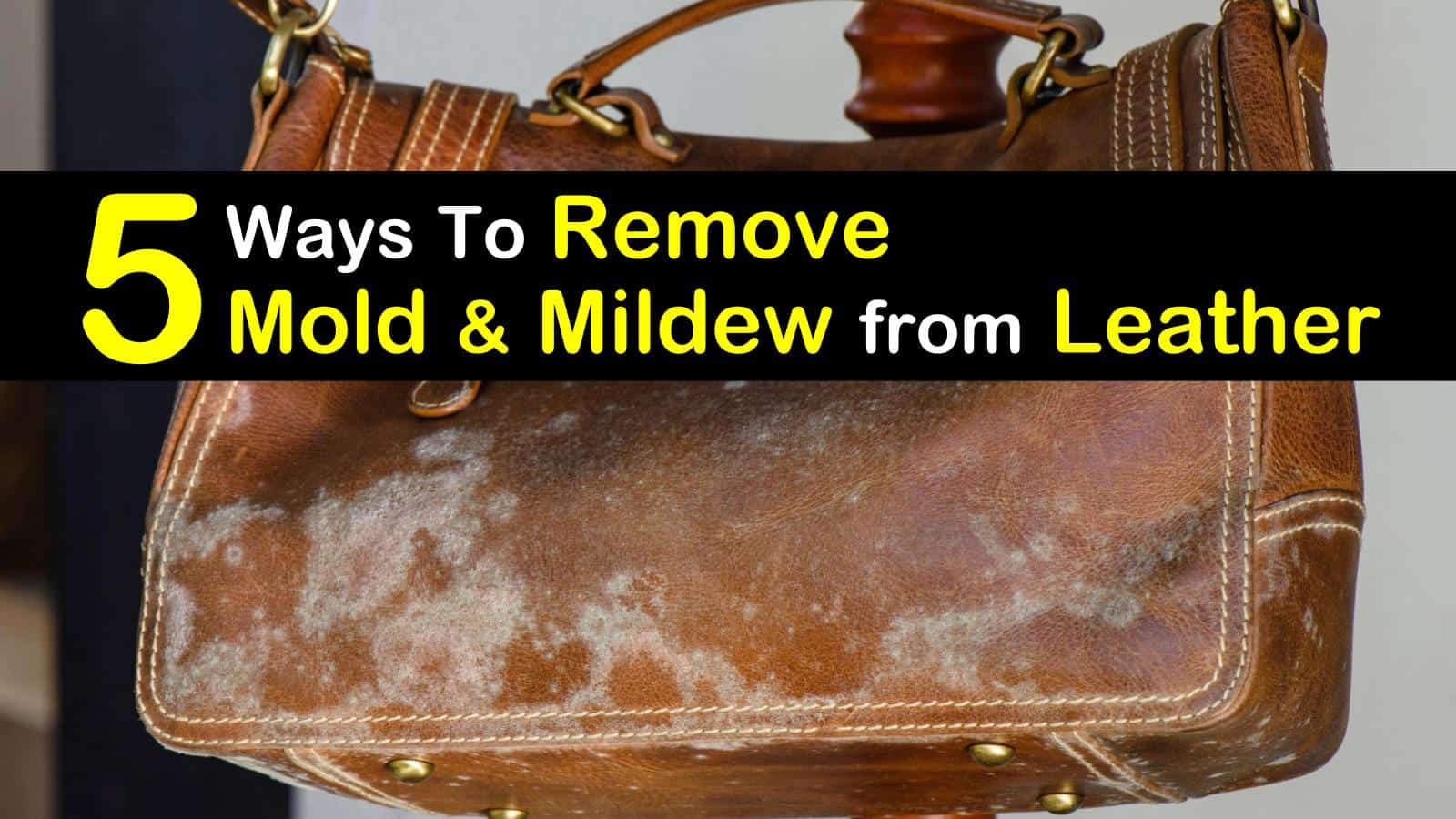

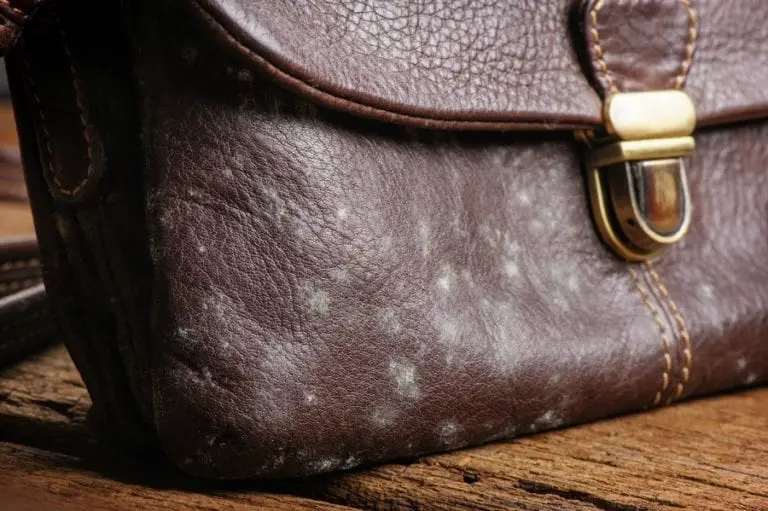


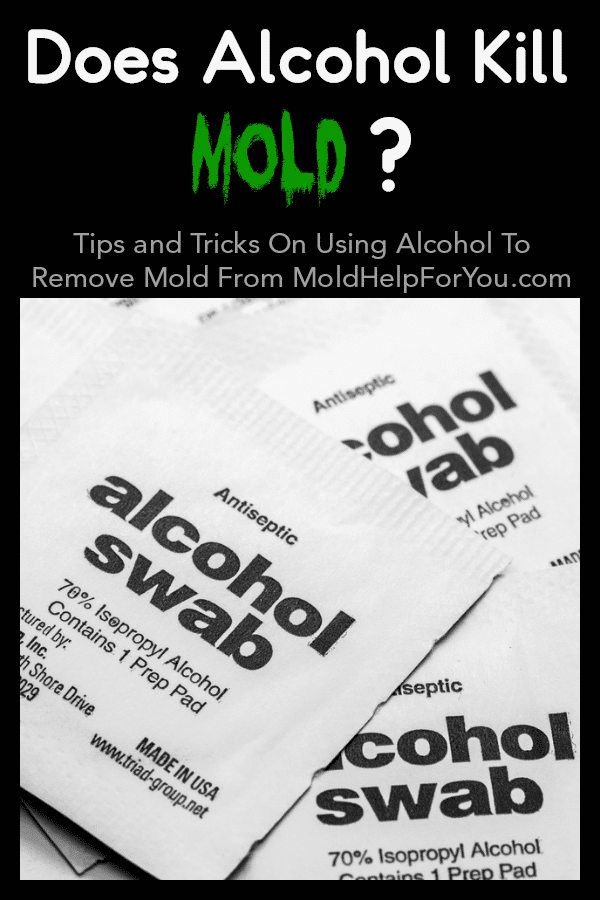

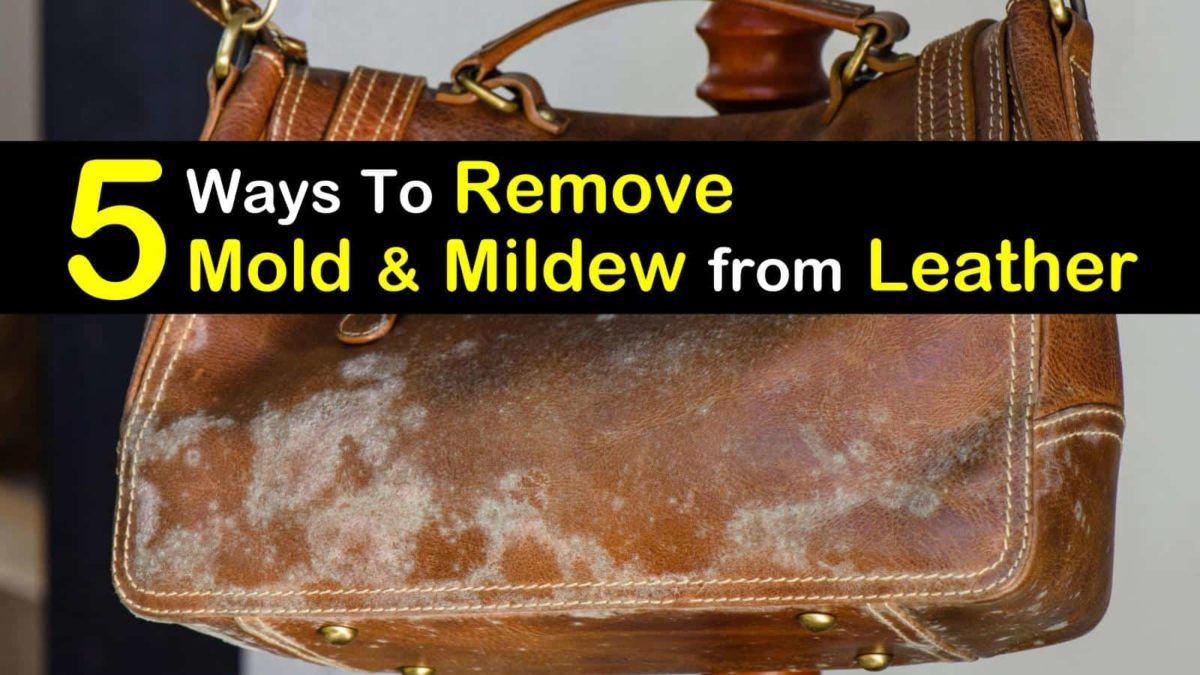
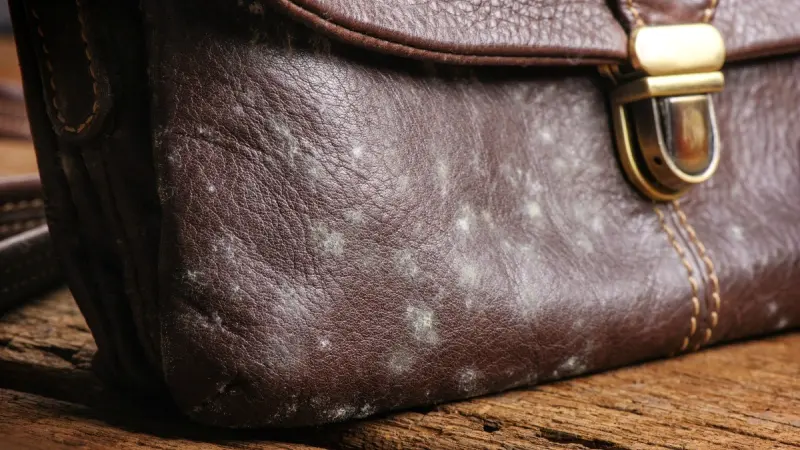
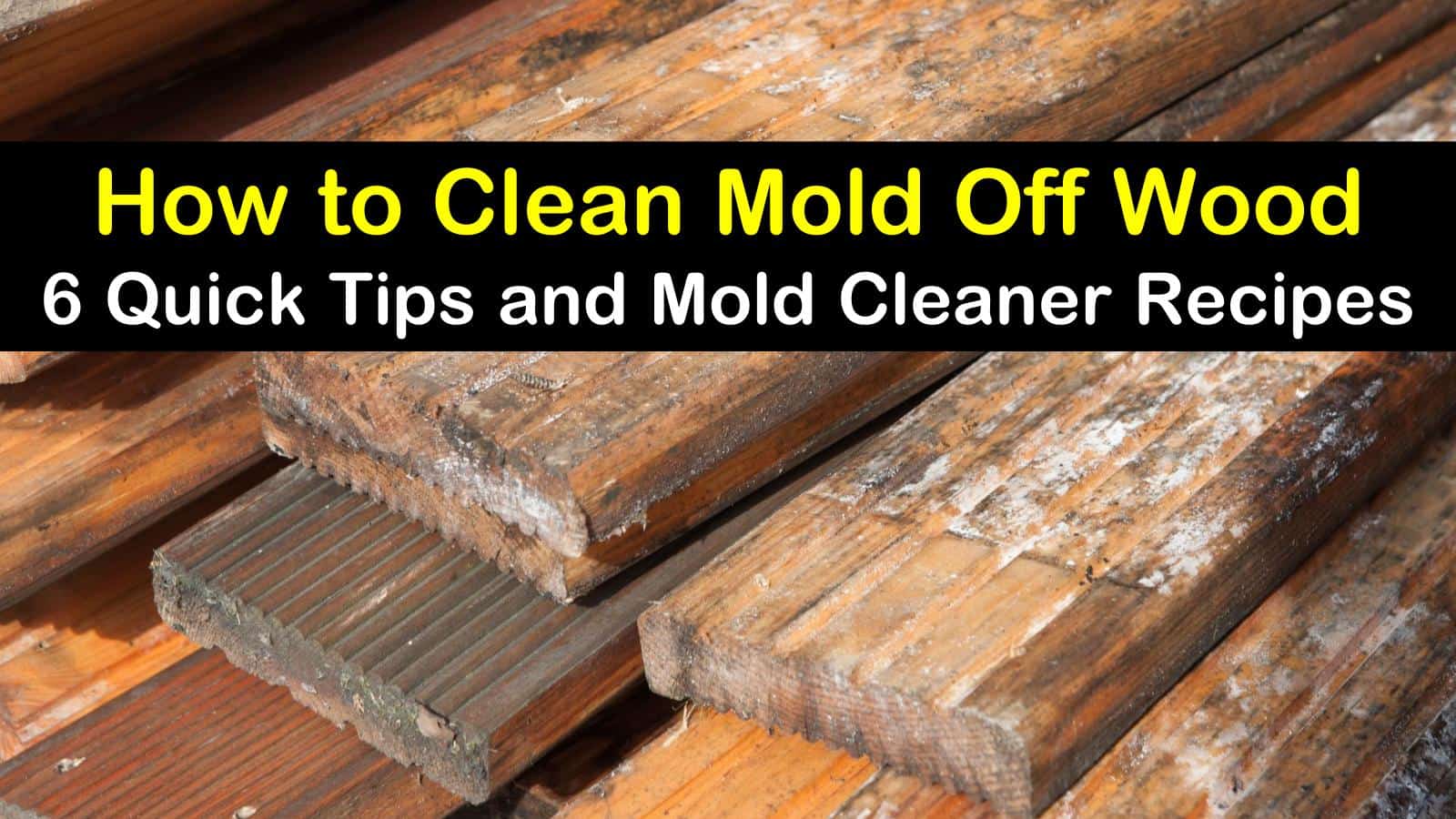


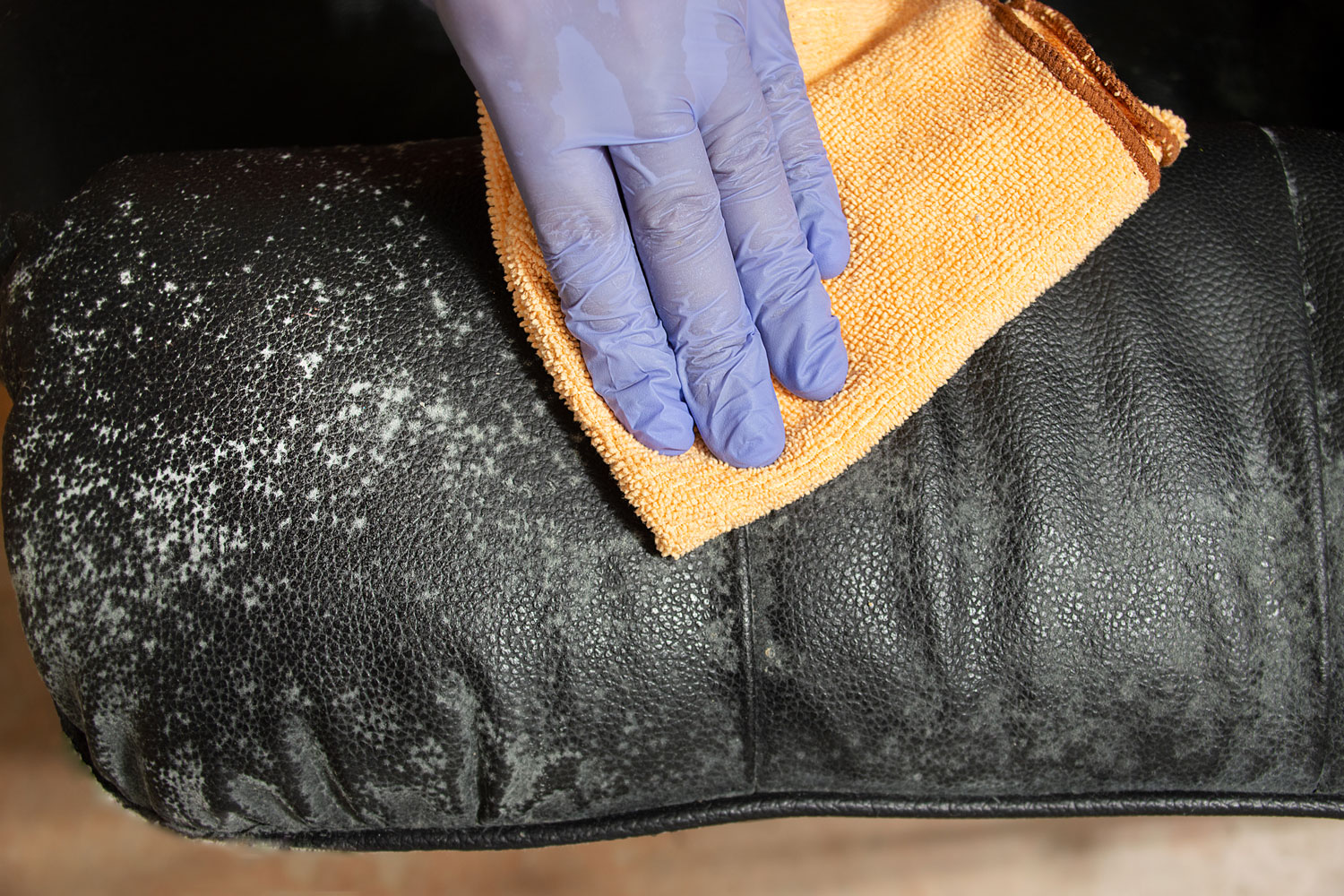
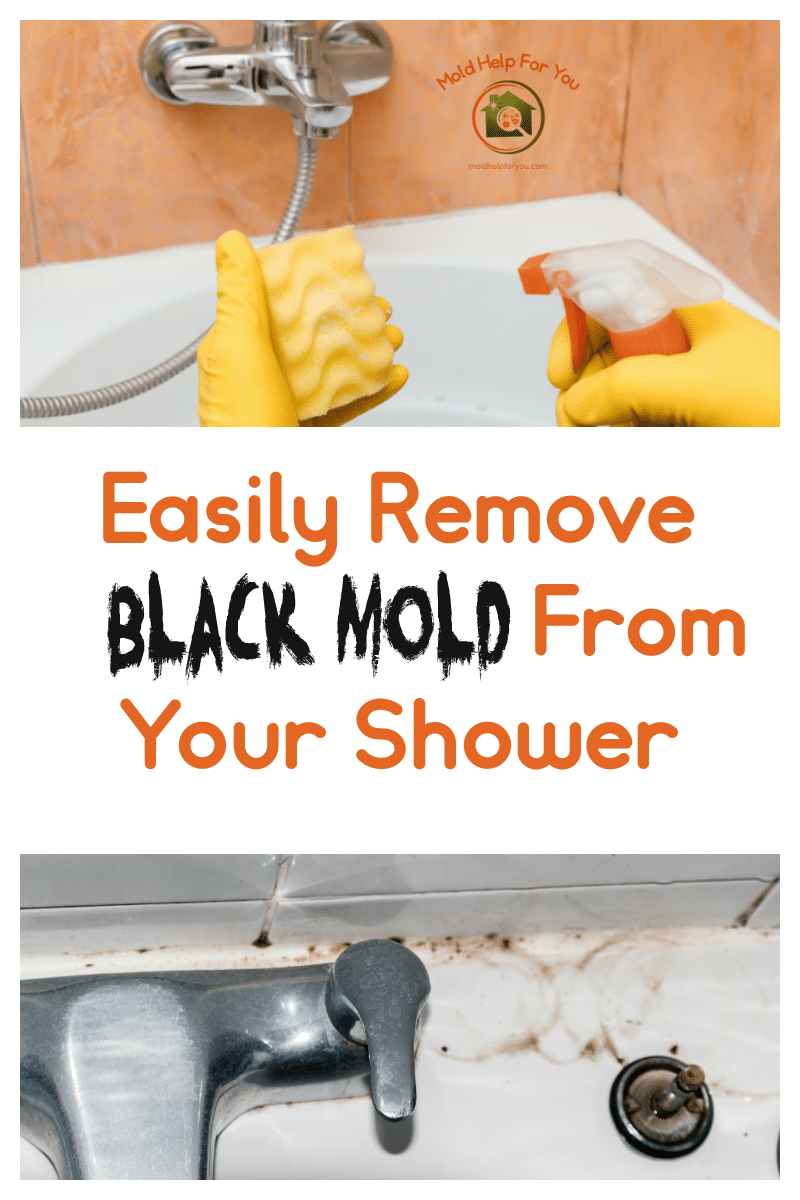

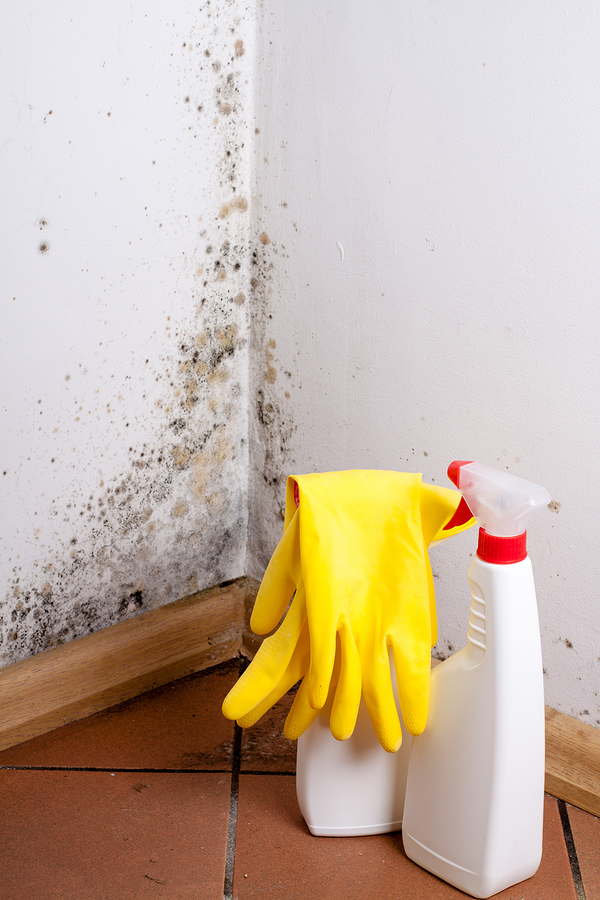


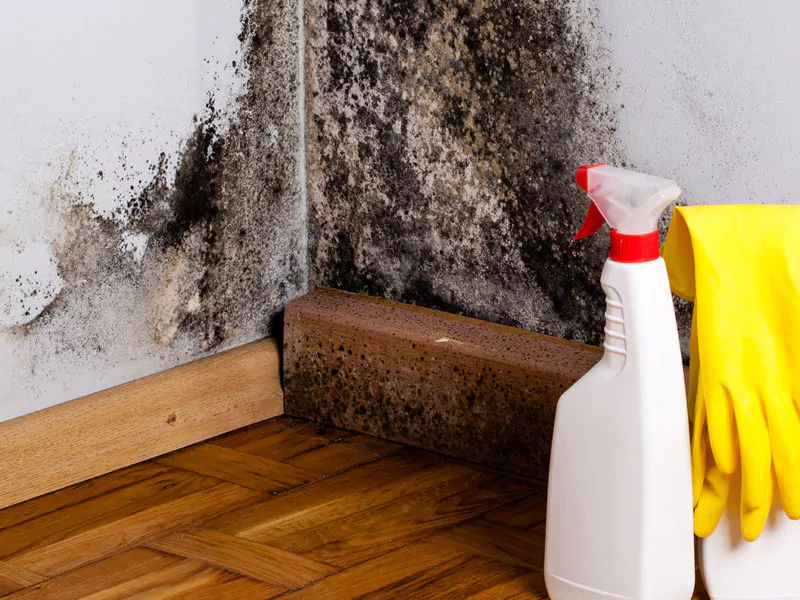

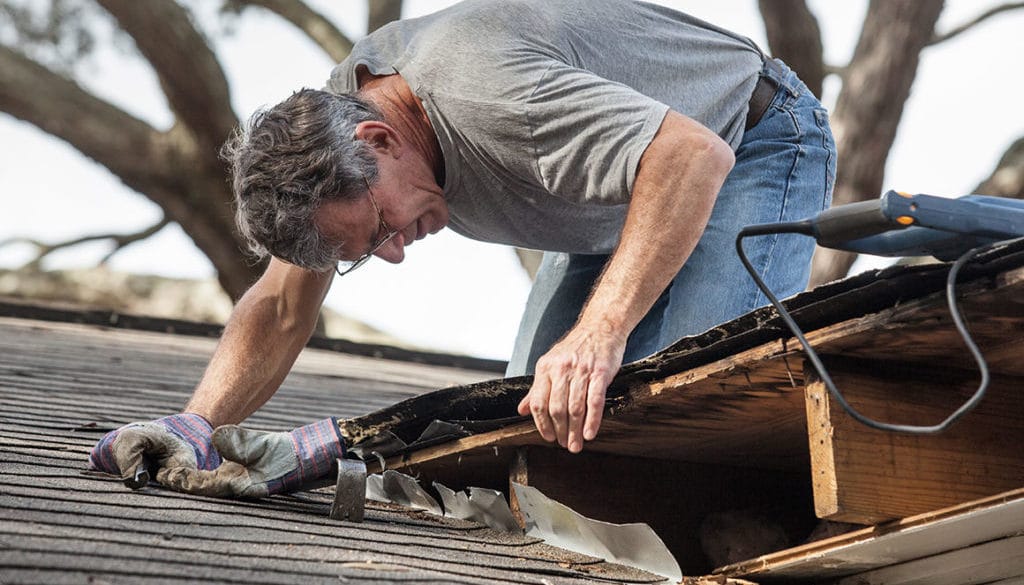

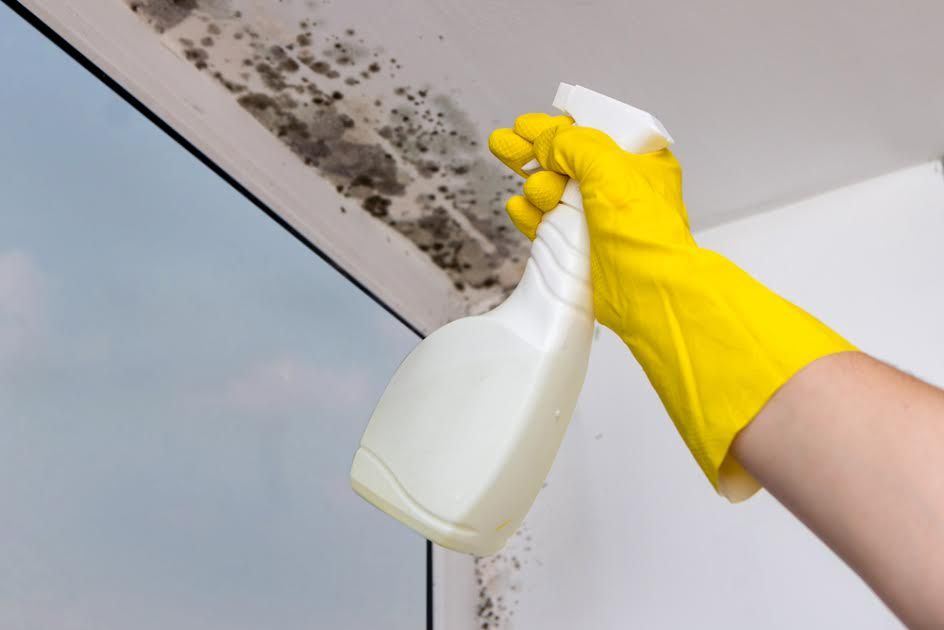






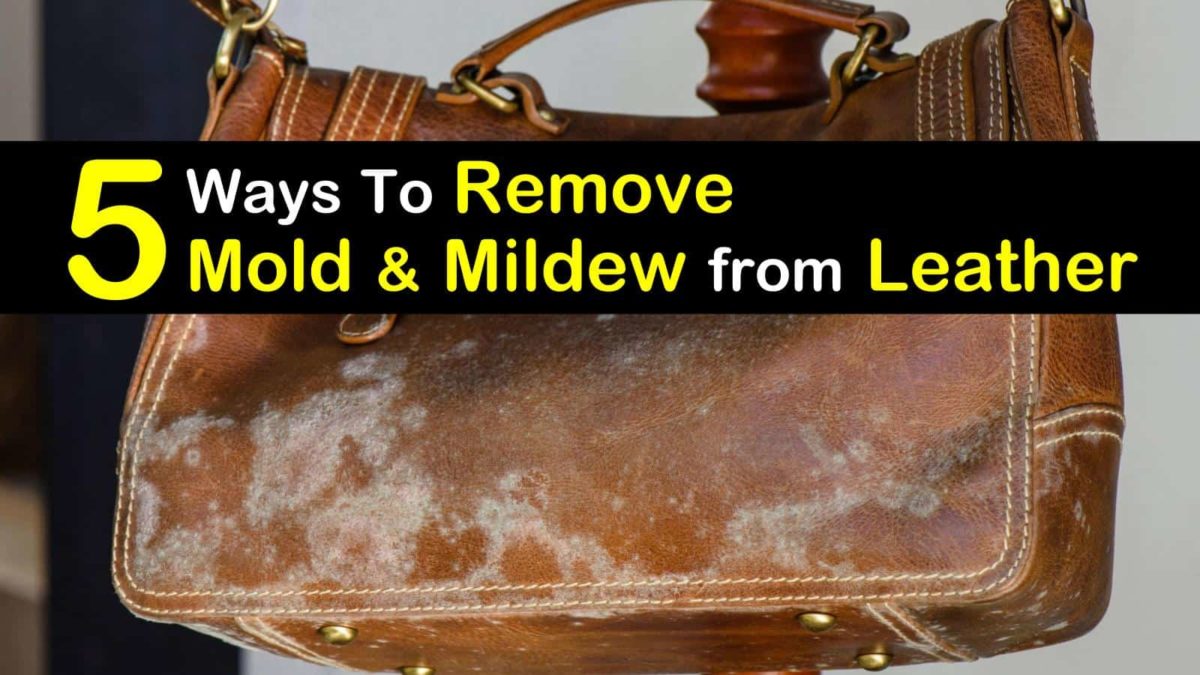
:max_bytes(150000):strip_icc()/how-to-remove-mildew-from-leather-2147182-02-08913f30295d4e858fc2eee96a8ff02b.jpg)

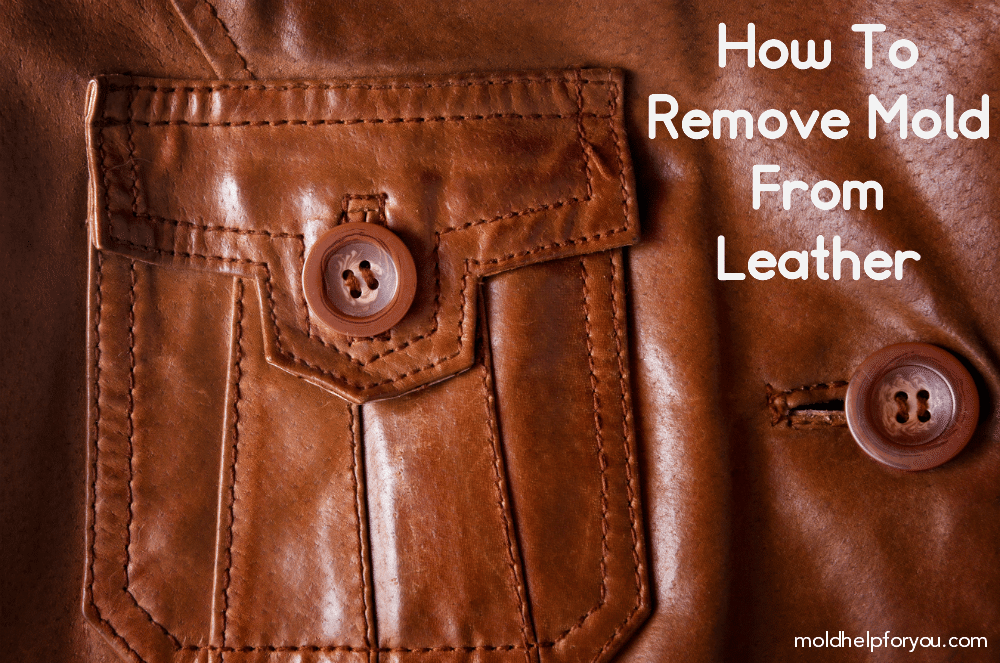


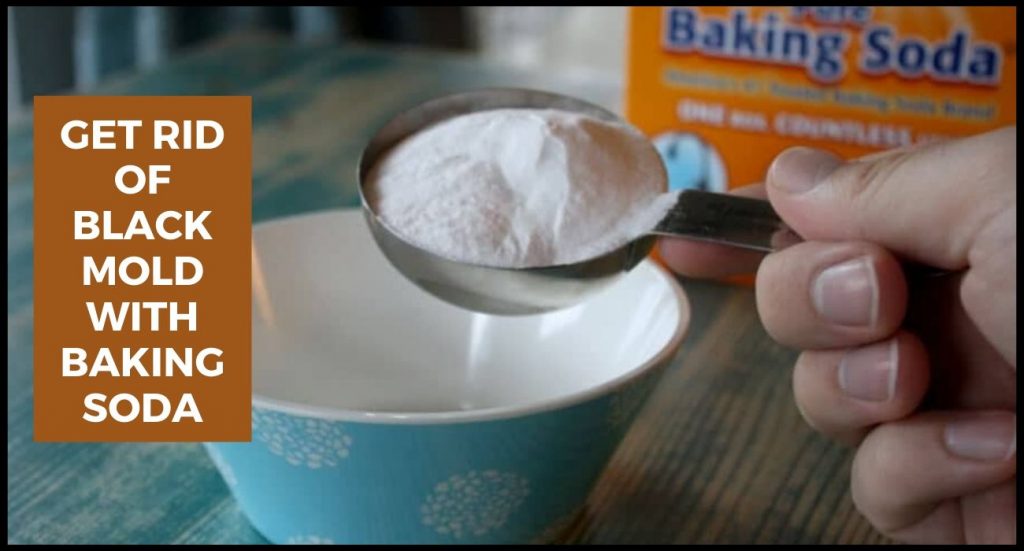
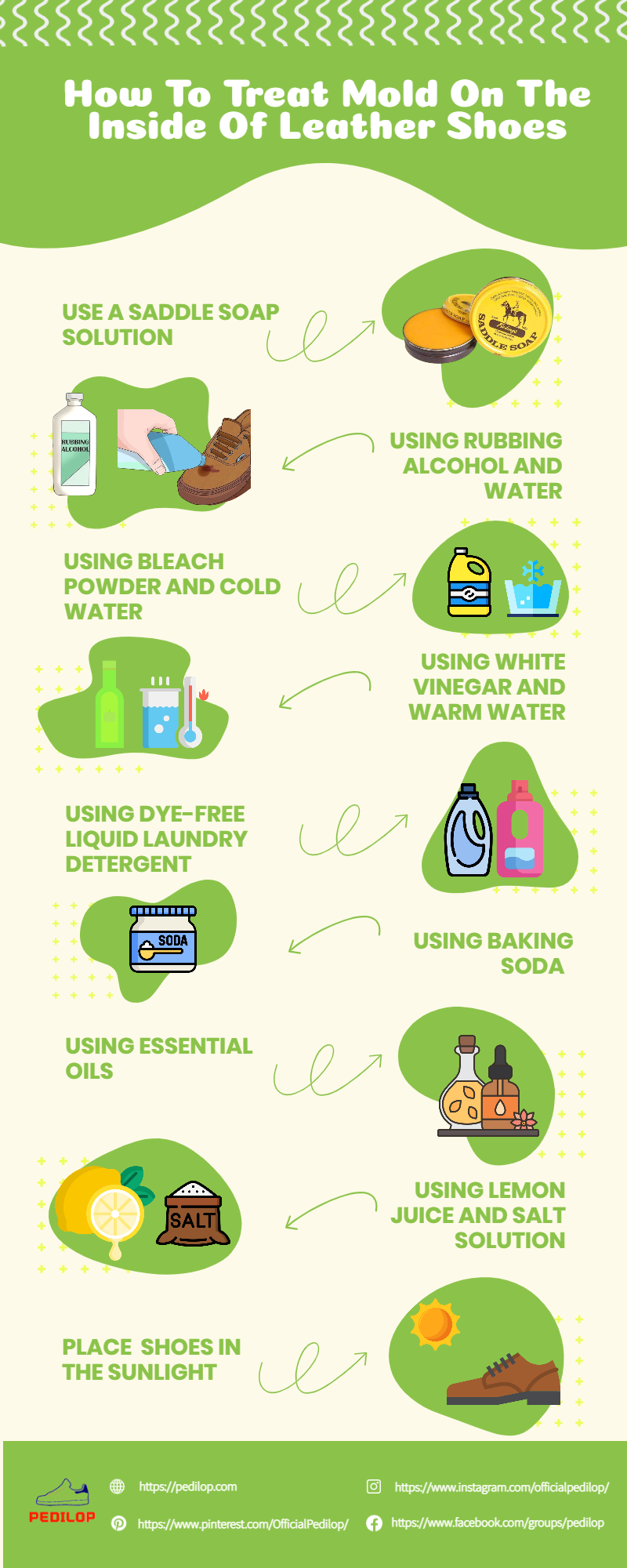



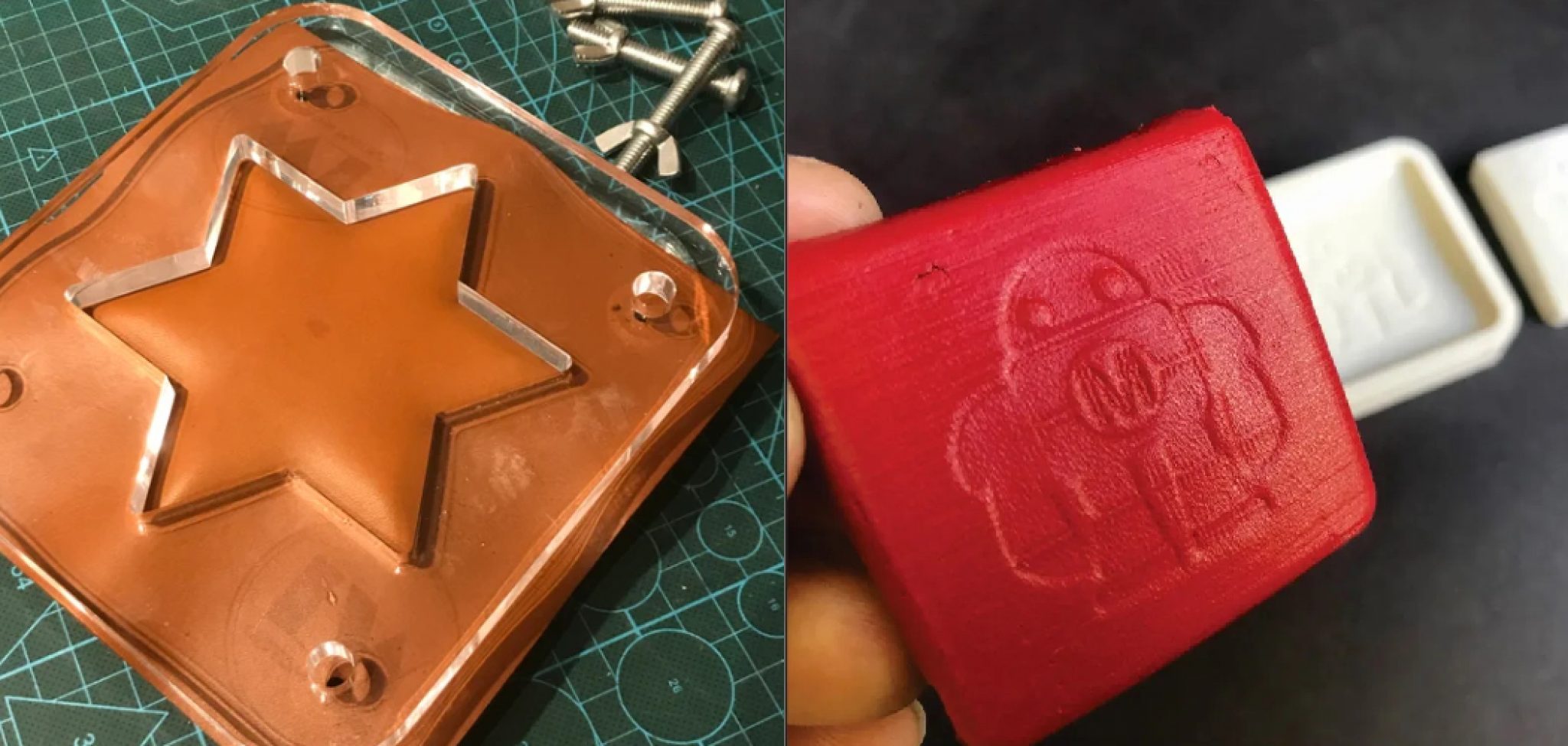

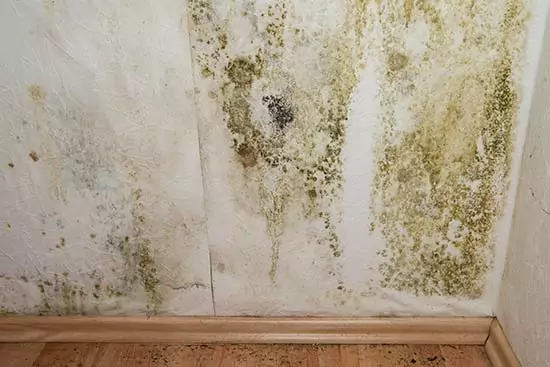

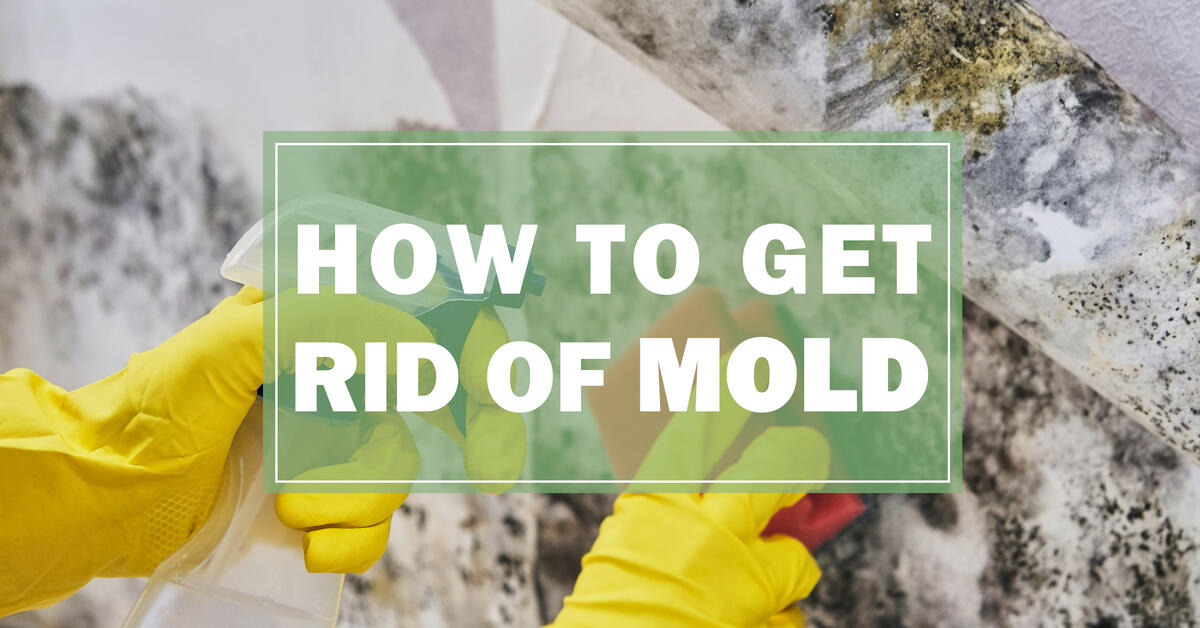
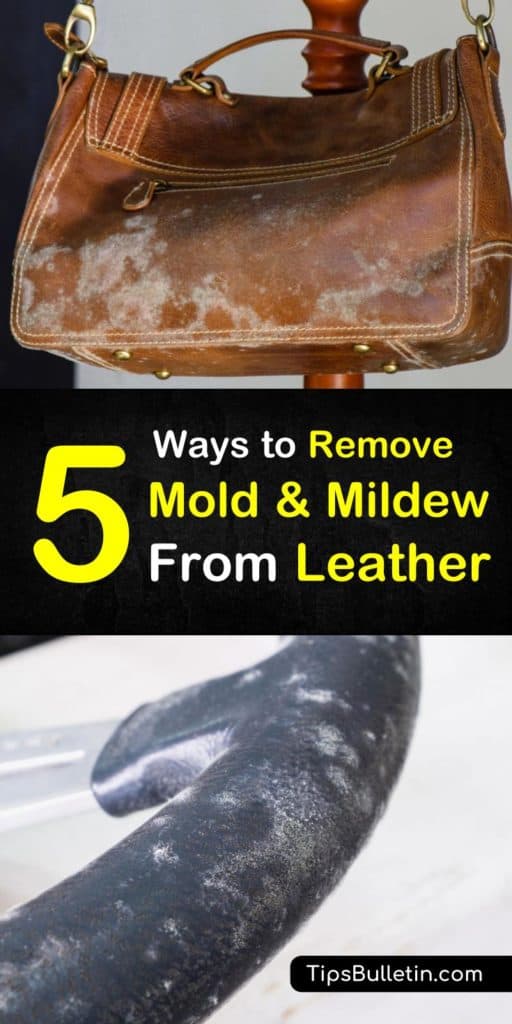
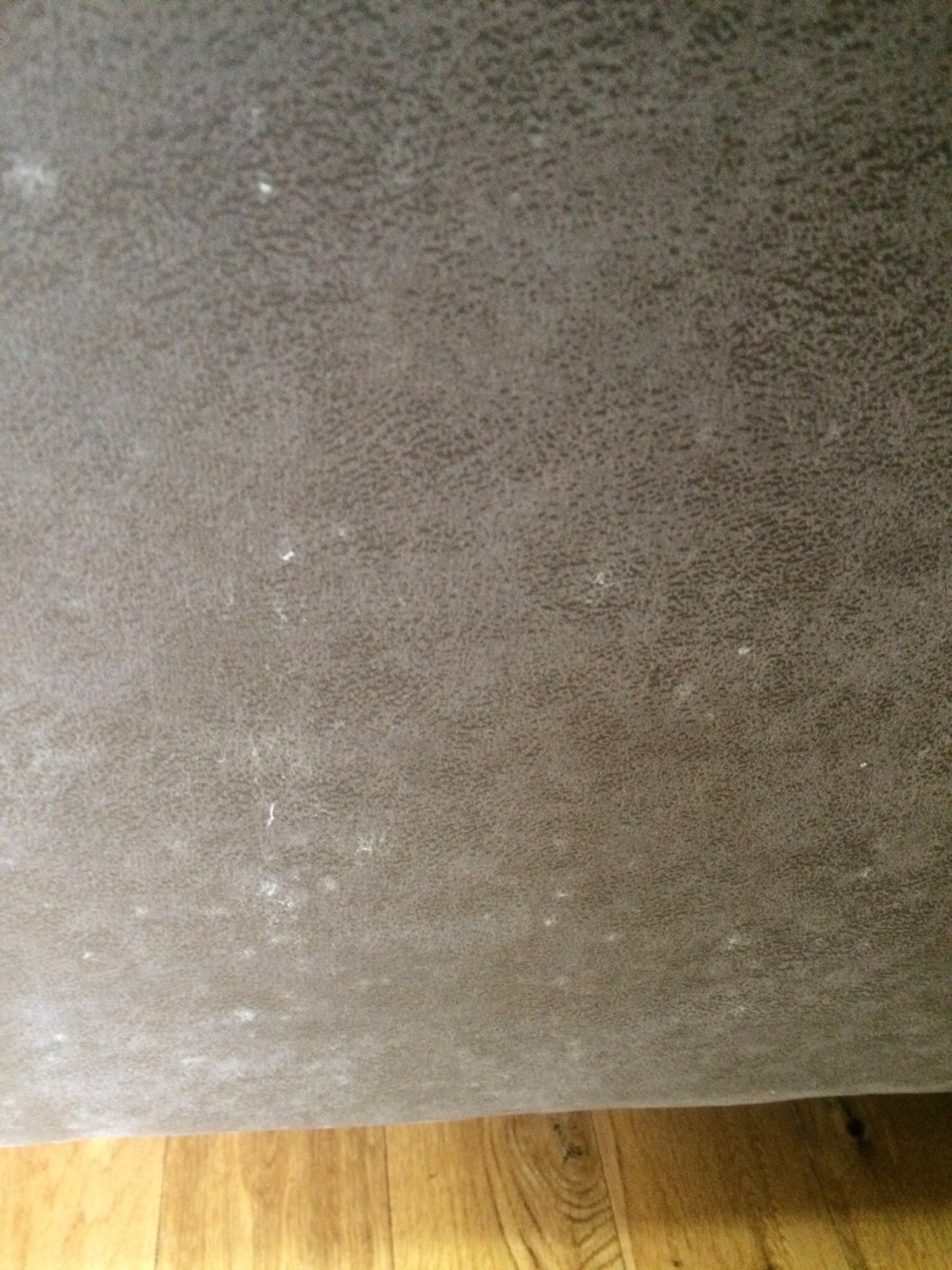







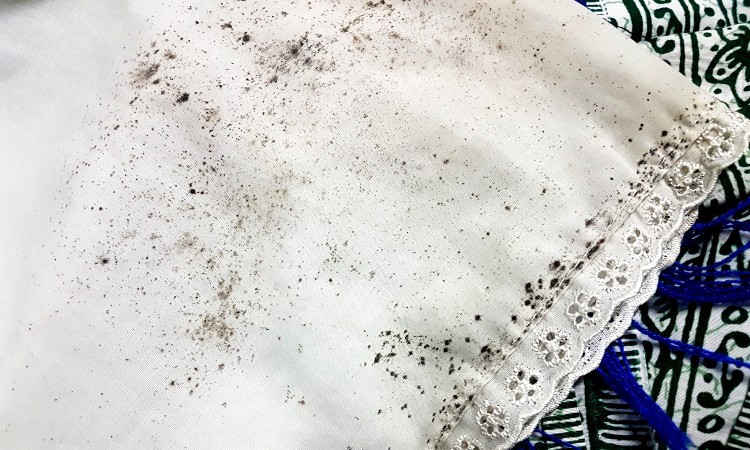



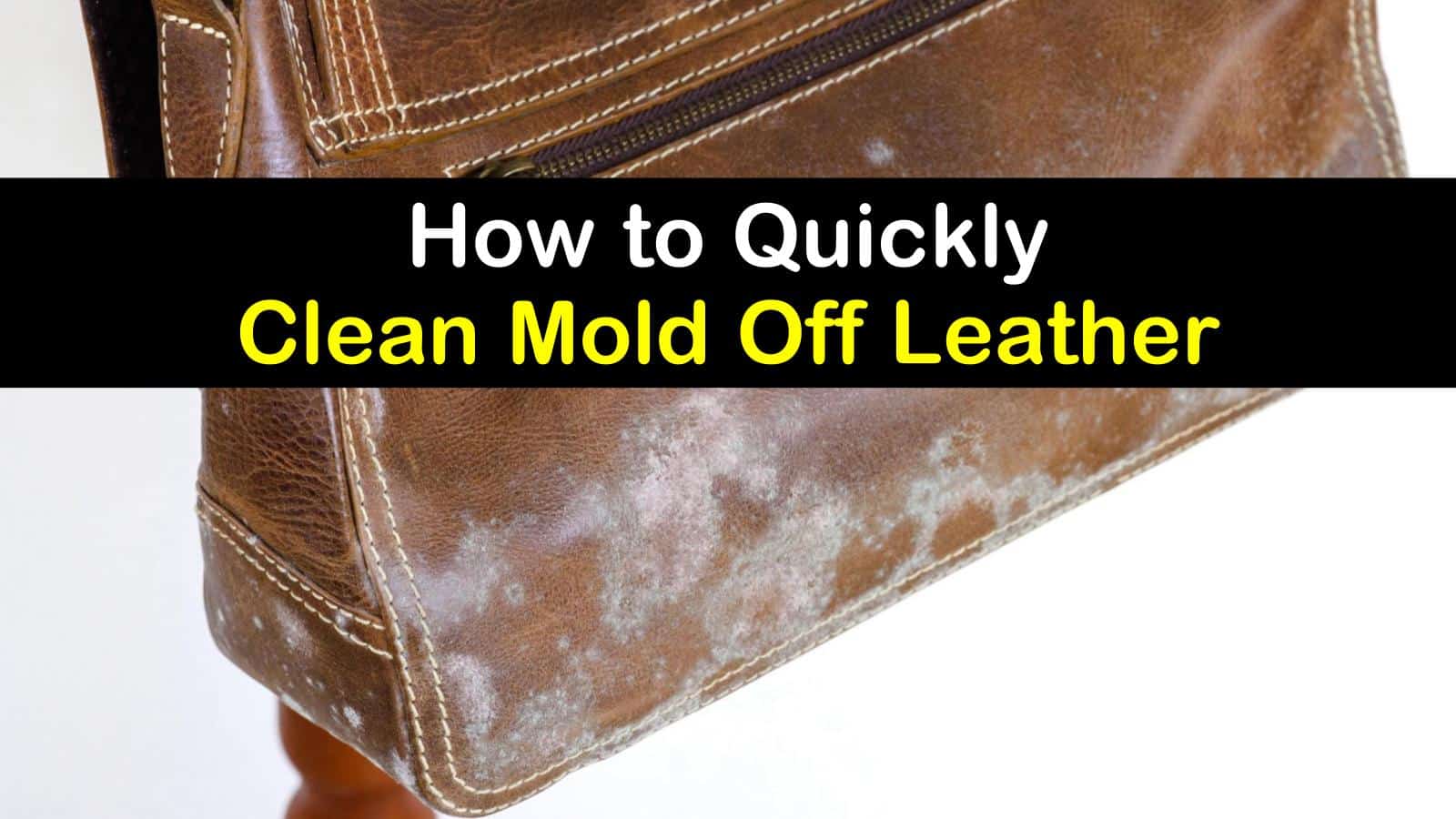
:max_bytes(150000):strip_icc()/clean-mold-from-leather-3420052-05-4444df0f59484c069e78a2a887f2f2e6.jpg)








